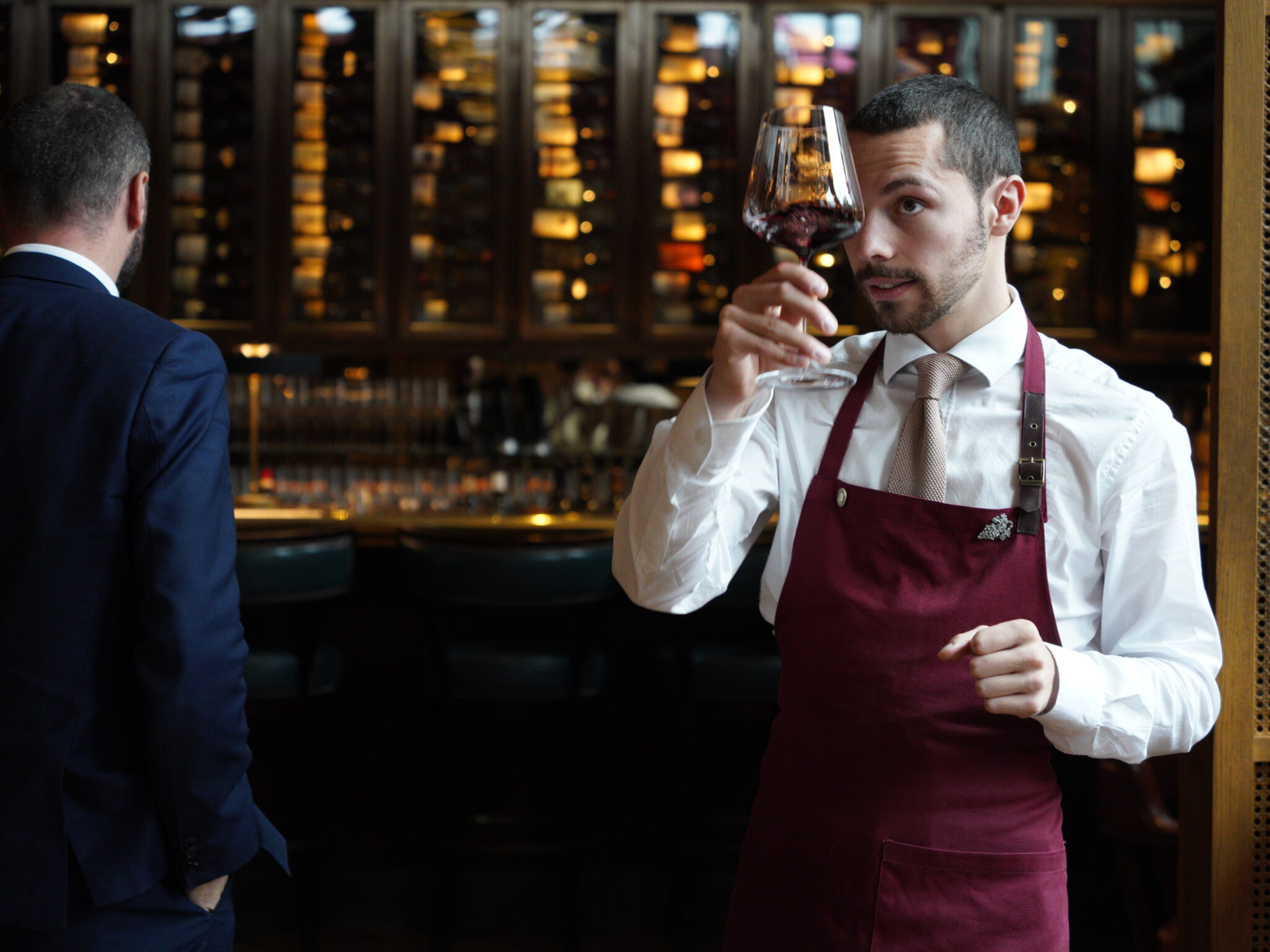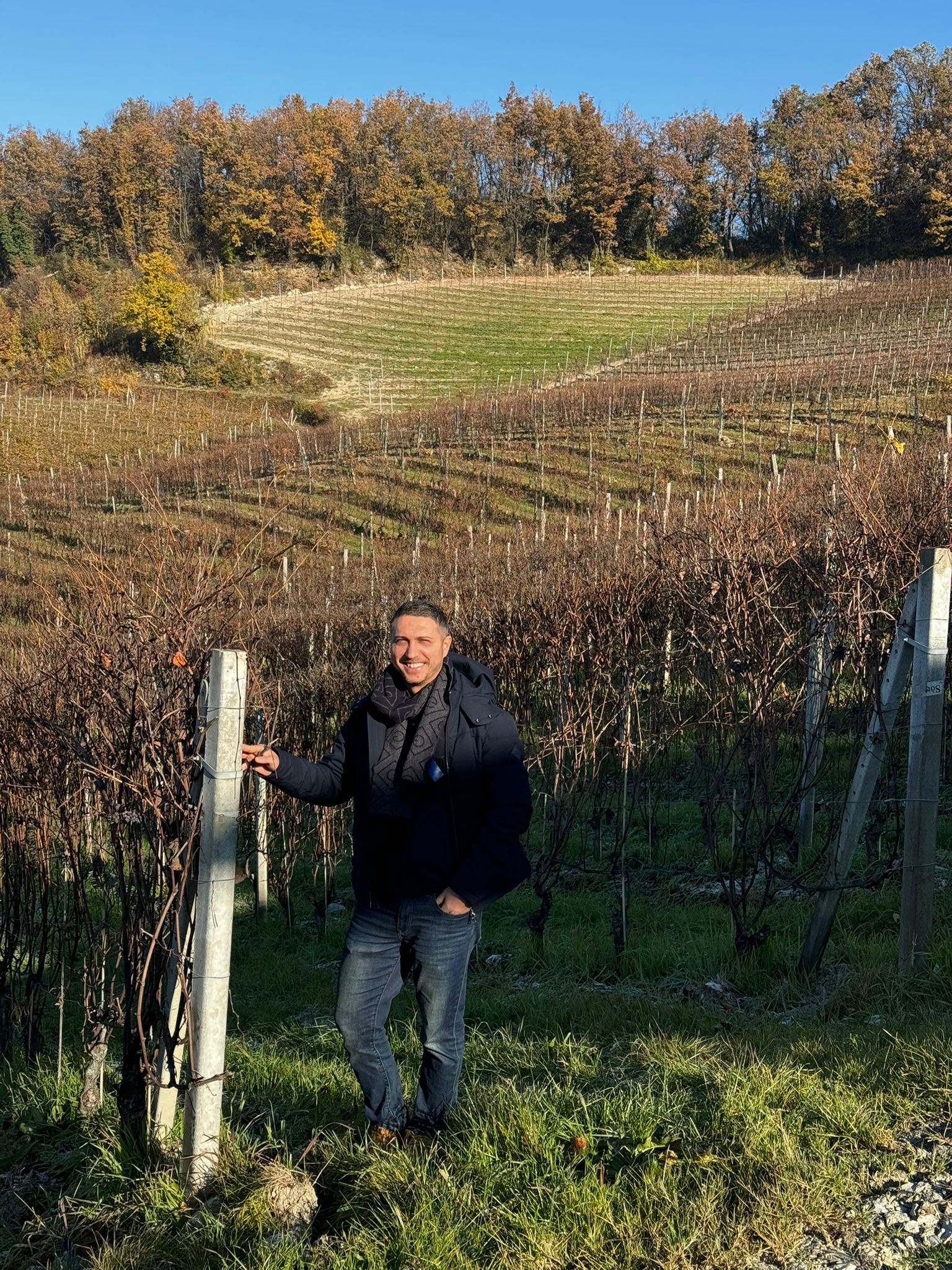UNDER THE SURFACE | Is wine writing a dying art?
This year saw the launch of the 67 Pall Mall Global Wine Communicators Awards, celebrating all forms of wine communication. From a mammoth 623 entries spanning 23 different countries, the winners were announced this month at a ceremony in London’s Sinfonia Smith Square. Here, Richard Hemming MW – the event’s organiser and our Head of Wine (Asia) – explores what the entries tell us about wine content today
The apocryphal phrase, ‘writing about wine is like dancing about architecture,’ is often cited to illustrate the futility of wine communication. But who says you can’t dance about architecture? I’d love to see someone try, at least. Tangoing about Tudor, perhaps. Doing the Robot about Regency. Belly dancing about Brutalism.
Humans are incredibly adept at communication, after all – indeed sophistication of language is what sets our species apart. Using that language to describe the glorious and mystifying complexity of wine might seem futile, but there is ample evidence to the contrary. And much of this was on display in this year’s inaugural 67 Pall Mall Global Wine Communicator Awards.
‘The ease of creating content on
RICHARD HEMMING MW,
smartphones plus an insatiable
thirst for video on social
media makes this the most
dynamic category in wine
communication today’
HEAD OF WINE (ASIA), 67 Pall Mall
I created this competition because there was no other major initiative celebrating wine communicators from all backgrounds working across all platforms. The awards are intended not only to discover and reward the best in the world, but to encourage and motivate everyone who communicates about wine.
As a barometer of wine communication in 2024, the Awards reveal a heartening amount of diversity and creativity across everything from columns in print magazines to 10-second clips on social media. And for those of us who love wine content, it offers a handy insight into the latest trends in the world of wine communication.

Podcasts have proliferated in the last decade, and there were 72 entered into the awards. Styles ranged from snappy digests such as The Wine News In 5 to feature-length documentaries such as those produced by Roadside Terroir.
One main advantage of audio is the connection that listeners feel with their hosts, formed through regular episodes that are often heard on headphones, building up that feeling of a personal relationship. The winner demonstrates that perfectly: Wine Blast with Susie and Peter is a likeable, accessible show driven by the personalities of the hosts and their on-mic rapport. As a married couple, they should have the latter; but as Masters of Wine too, they bring top-level expertise, while their long experience in mainstream media makes it seem easy. The combination of super-geek subjects delivered in a friendly, light-hearted tone is the secret to their success.
There were twice as many entries in the video category than there were for audio, reflecting the growing craze for this form. The ease of creating content on smartphones plus an insatiable thirst for video on social media makes this the most dynamic category in wine communication today. Some of the most successful entries were brilliantly effective despite their no-frills approach – witness Tom Gilbey’s unforgettable demonstration of how to ensure white wine is served at the right temperature. Others were big-budget affairs with production values comparable to the big TV and film studios, as seen in Vincent Anter’s popular V is for Vino YouTube series.
Regardless of their budgets, the common factor in the most successful entries was the personality of their presenters and how they tailor information to their audience. The effortlessness of André Mack’s on-screen persona is surely a large part of his appeal, offering an honest, modest and independent voice – and the same can be said for the other winner in the video category, Henna Bakshi.


Perhaps unexpectedly, written articles made up almost two-thirds of total entries to the Awards. Maybe that reflects a low barrier to entry, maybe it’s the strength of the writing tradition – or maybe it’s simply that writing is still one of the most effective and preferred ways of communicating about wine.
These hundreds of entries certainly exhibited the incredible breadth of the subject. There were challenging articles on colonialism in wine language, investigations into little-known vineyards in Ethiopia, Thailand and Brazil and personal stories recounting the quirky wine-drinking habits of late relatives.
Relatively few of these were blogs in the old-fashioned sense; instead, self-publishing platforms such as Substack are increasingly popular, while mainstream publishers including Decanter and The World of Fine Wine were also well represented.
Overall, written entries seemed to tackle serious subjects more often, with greater scope for in-depth analysis than most audio or video entries. This reflects more on the medium than the quality of the communicator, with social media content generally favouring quicker, higher-impact content. Both Nick Ryan and Henna Bakshi (for her second award) wrote wonderfully different pieces that were worthy winners.


The fundamentals of good wine communication have never changed, and the best communicators know how to create engaging, well-crafted pieces that appeal to their target audience. There’s a time and a place for every form of wine communication: despite the popularity of reels and the fixation on going viral, traditional written pieces remain as popular as ever.
It’s testament to wine’s enduring appeal that such content has infiltrated every platform, gaining new audiences from all demographics. And beyond English-language writing, there are millions of conversations about wine on Chinese platforms such as WeChat and Little Red Book being led by a completely different set of wine communicators.
One question remains, however: how to make wine communication pay. It’s a notoriously underpaid pursuit, and while sponsored content might seem to be the answer, this risks compromising the impartiality of some communicators. Yet this is nothing new, and wine communication has survived many such warnings in the past. While dancing about architecture might remain futile, the world of wine communication is in rude health.
For a full list of finalists and winners of the 67 Pall Mall Global Communicator Awards 2024, visit 67awards.com.
Not a 67 Pall Mall Member? Sign up to receive a monthly selection of articles from The Back Label by filling out your details below


IN
THE
VINEYARD
Domaine des Tourelles


ON
THE
LIST
Elvio Sgaria


ON
THE
ROAD
Federico Moccia on Barolo 2021
